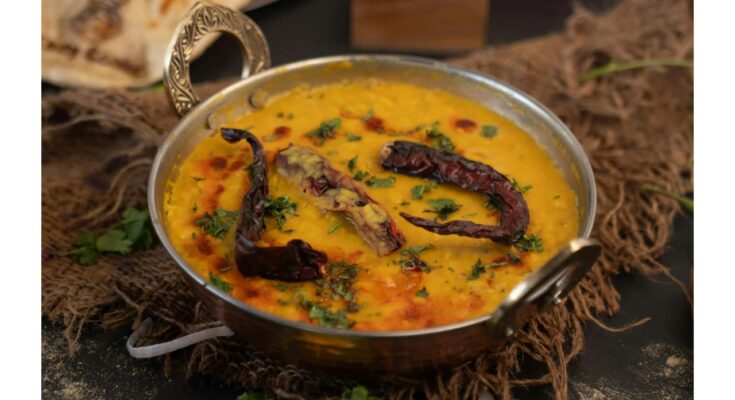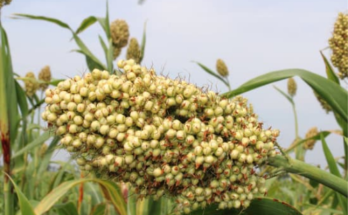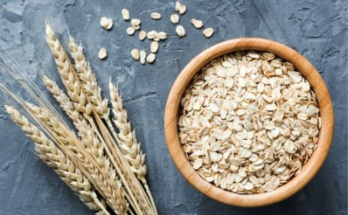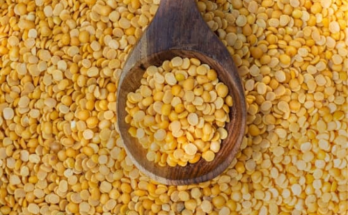Leguminous seeds are an important part of the diet for millions of people around the world. They are packed with protein and nutrients, making them a great option for both vegetarians and non-vegetarians.
In India, leguminous seeds are commonly known as pulses, and they are mainly grouped into three types:
- Grams
- Peas
- Beans
Ways to Prepare Legumes
Legumes can be eaten in different forms — as whole seeds, split (known as dhal in India), or ground into flour.
- Whole Legumes
Whole legumes are soaked in water overnight to soften them. The next day, they are cooked in boiling water for about 20–30 minutes until tender. After cooking, any extra water is drained off. The legumes are then seasoned with salt and spices before serving.
- Dhal (Dehusked Split Legumes)
This is the most common way legumes are eaten in India. The outer husk is removed in a mill, and the legume is split into halves. The dhal is then cooked in water until soft and seasoned with salt or other condiments.
- Legume Flour
Legume flour is made by grinding the split dhal into a fine powder. This flour is often mixed with cereal flours to make various Indian dishes such as chillas, pakoras, and parathas.
Nutritional Value of Legumes
Legumes are a powerhouse of nutrition.
Protein: 18–25% — a major source of plant-based protein
Vitamins: Good amounts of thiamine (B1) and riboflavin (B2); fair amounts of niacin (B3)
Minerals: Fair sources of calcium and iron; rich in phosphorus
Carbohydrates: Contain complex (unavailable) carbohydrates that provide energy and aid digestion
Protein Quality in Legumes
Legume proteins are especially rich in lysine and threonine, amino acids that are lacking in cereals like rice or wheat. However, they are low in sulphur amino acids and tryptophan, which cereals provide.
This means that eating legumes and cereals together (like rice and dal) gives a complete and balanced protein combination — perfect for a healthy meal.
Effect of Cooking on Nutritional Value
Cooking improves the quality of legume proteins. Heat destroys substances like trypsin inhibitors and haemagglutinins, which can interfere with protein digestion and growth. Cooked legumes, therefore, are not only tastier but also more nutritious and easier to digest.
Why Combine Legumes with Cereals?
When legumes are added to cereal-based diets (about 15% of total food), the overall nutrition of the meal improves significantly. This is especially beneficial for people in developing countries, where protein deficiency is common.
Increasing the production and consumption of legumes can help fight malnutrition and improve the dietary protein quality for low-income groups.




